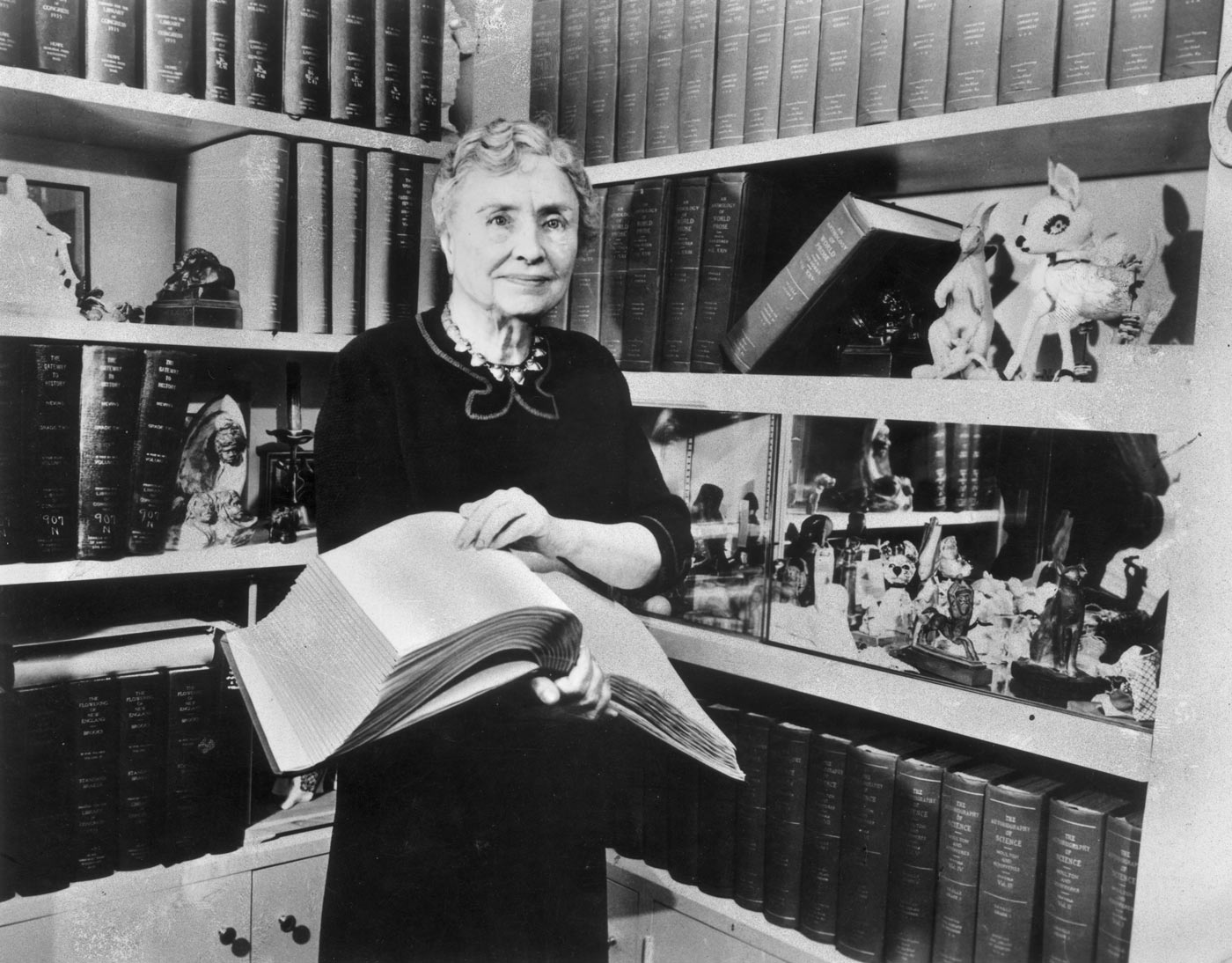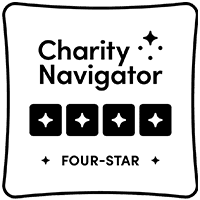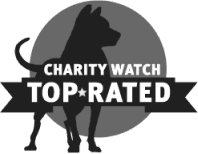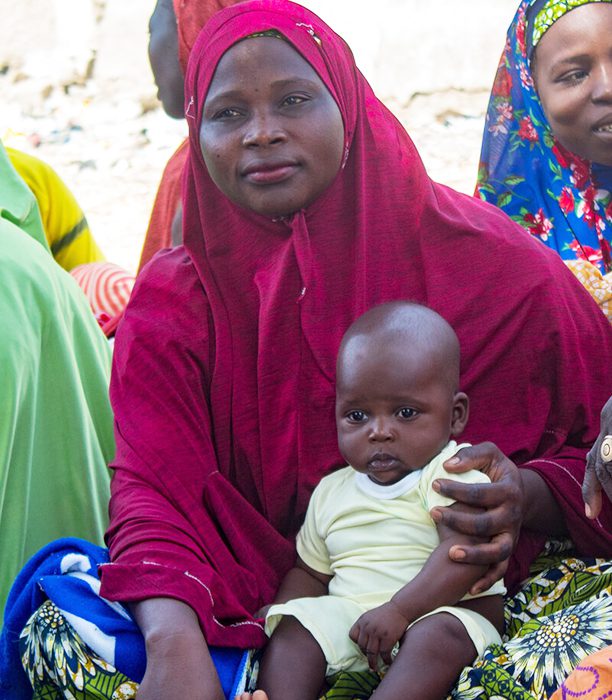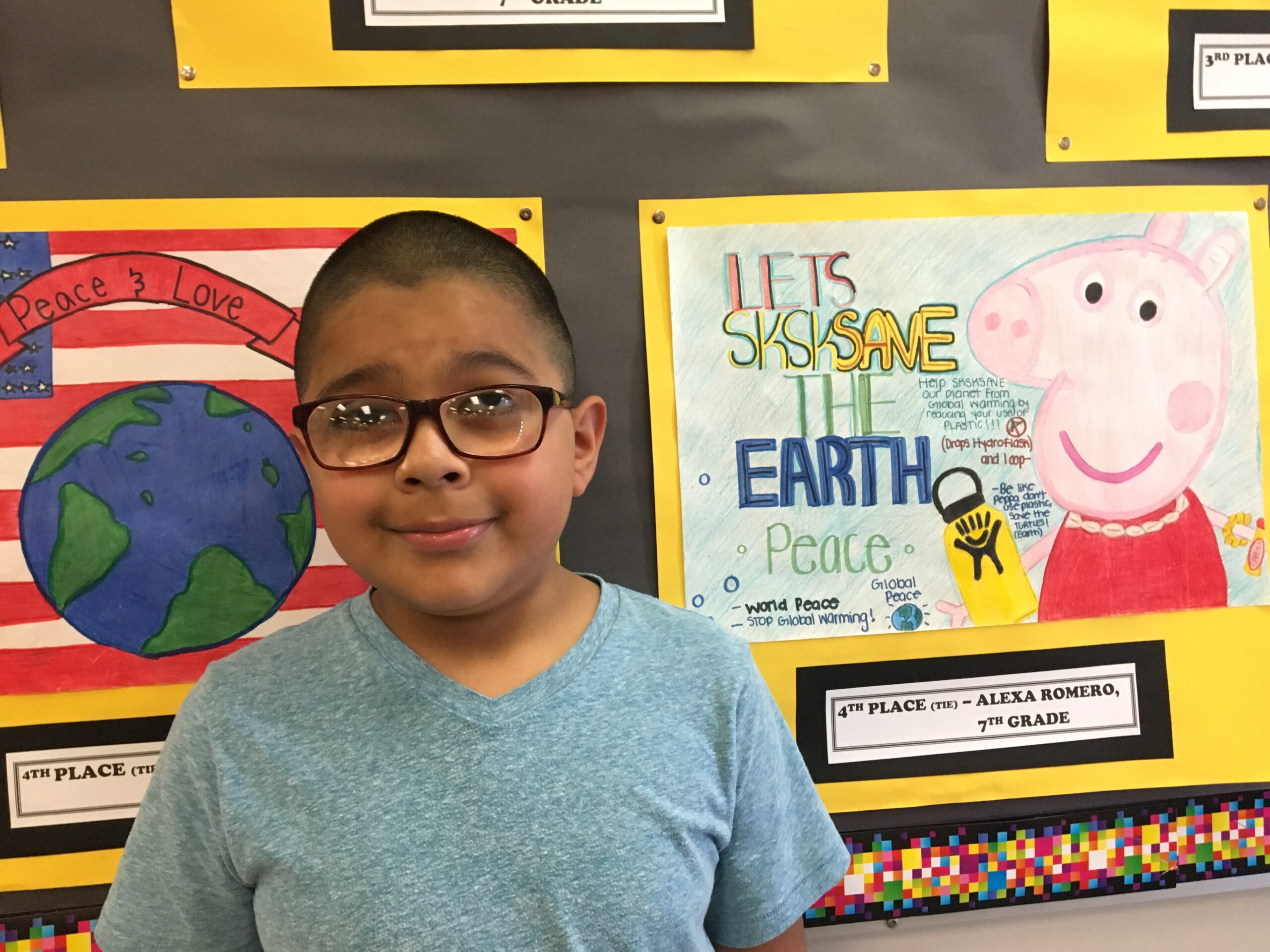
Clearing a Path to Clear Vision for Struggling Students
Nine-year-old Guillermo Gonzalez attends school in Montebello, California, just east of Los Angeles. This past fall, when the other students in his fourth-grade class were taking turns reading aloud from favorite books, the usually bubbly Guillermo could only sit quietly and listen. Because his eyeglasses had the wrong prescription, he simply couldn’t see words clearly enough to read them.
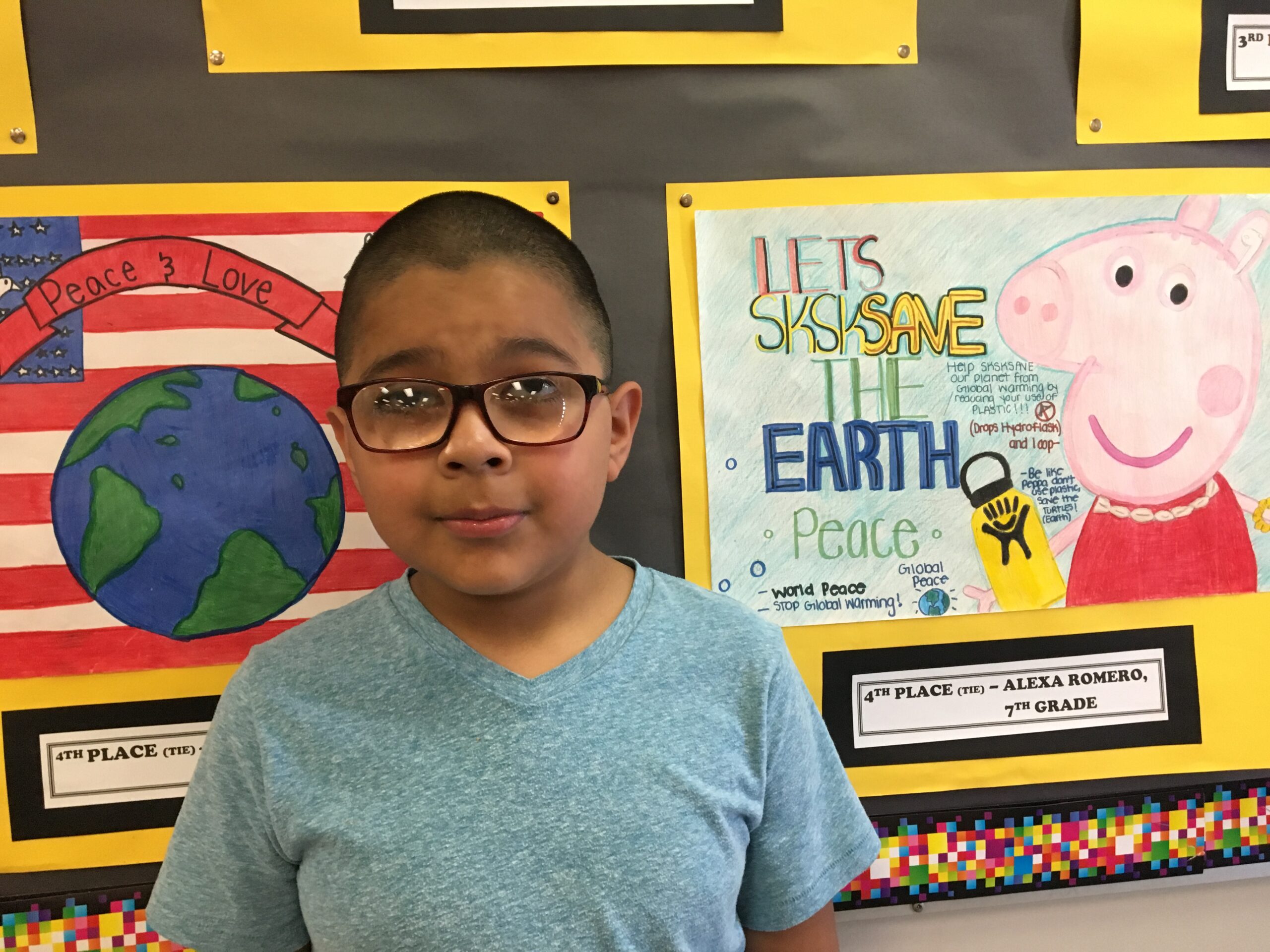
Guillermo lives with an eye condition called aphakia, which is the loss or removal of the eyes’ natural lenses. He was born with cataracts in both eyes, and when he was just five months old, the densely clouded lenses in his eyes were removed. Ever since, he has needed specially made eyeglasses to see the world. Without them, life is a blur, colors are distorted, and distances are hard to judge.
Uncorrected vision can be a barrier for children, limiting their potential
Like many families with limited means, Guillermo’s has been hit hard by the economic challenges of the COVID-19 pandemic. California’s MediCal insurance will pay for new glasses every other year, but Guillermo’s prescription must be revised about once each year, and his eyeglasses are expensive to produce. So he has gone through long stretches when he can’t see well enough to participate in class or play with his friends.
Uncorrected vision conditions affect about one in every four children in low-income communities. Children who can’t see clearly struggle to keep up in school, and when their vision problems go undetected, they can be misdiagnosed as having a learning disability or an emotional disorder. Their chances of realizing their true potential are greatly diminished.
Although 42 states require regular vision screenings for students, this is an unfunded mandate, and many school districts are unable to find the necessary funding. Helen Keller Intl helps bridge this gap. Thanks to your generous support, our US Vision Program provides a critical service to children living in high-poverty urban areas, where basic vision care is often out of reach. Partnering with schools and community centers, our teams conduct on-site vision screenings, and when needed, provide children — as well as a growing number of underserved adults — with free prescription eyeglasses.
In-school vision screenings bridge the gap to clear vision in underserved communities
A high proportion of the students who are screened through our program are diagnosed with refractive errors, such as nearsightedness or astigmatism. These are readily corrected with properly prescribed eyeglasses. We also provide a smaller percentage of students with referrals to an ophthalmic specialist when their eyes require medical treatment.
Guillermo’s situation is unusual. Pediatric cataract is rare, affecting approximately 3 in every 10,000 children. Once he is old enough, Guillermo may be able to receive artificial lenses, which is the treatment of choice for most people who develop cataracts later in life. But for now, he is dependent on his glasses — and on getting them updated frequently.
A new pair of glasses opens up a lifetime of opportunity
When Guillermo’s mother realized she couldn’t afford another pair of new glasses so soon, she reached out to our California team for help. We knew getting the right prescription for Guillermo would require a bit more effort. Fortunately, screening events were being held outside of schools due to COVID precautions, so we had the chance to screen Guillermo’s vision before too long. We also helped him pick out a new pair of frames and then arranged for the lab to special-order his unique prescription for bifocal lenses.
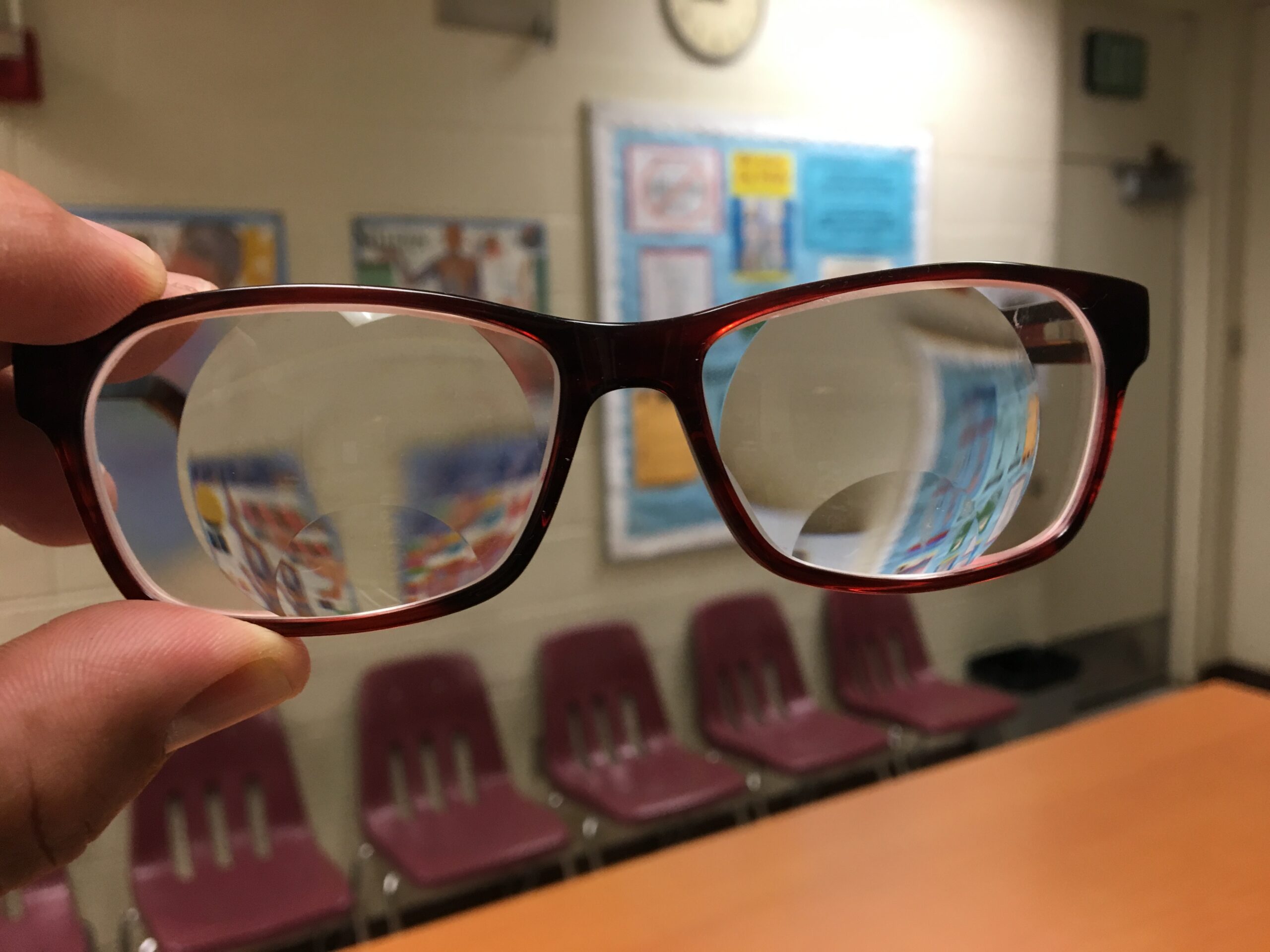
When his glasses arrived just two weeks later, he was thrilled. With his vision clear, this energetic boy can once again see the whiteboard, read in class like the other kids, and participate in all his favorite activities.

Help us continue to deliver clear vision to even more children and adults.
